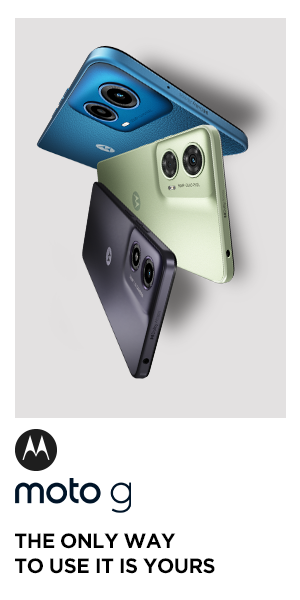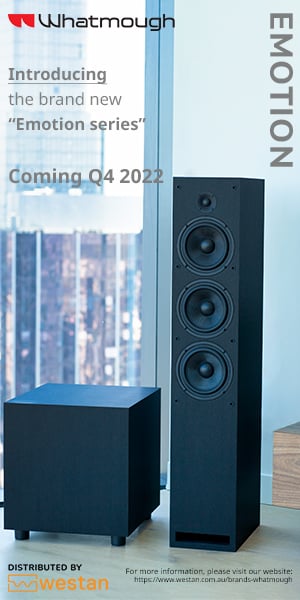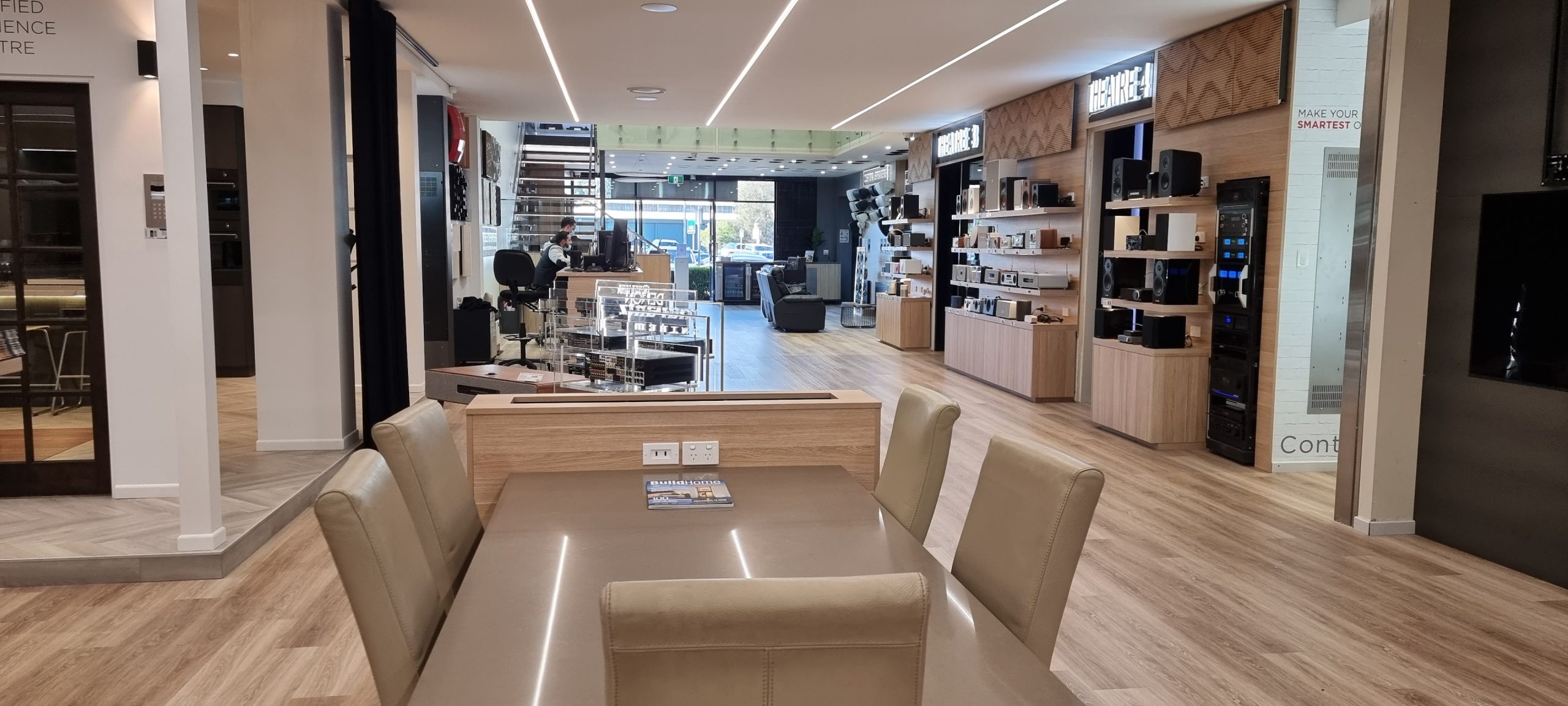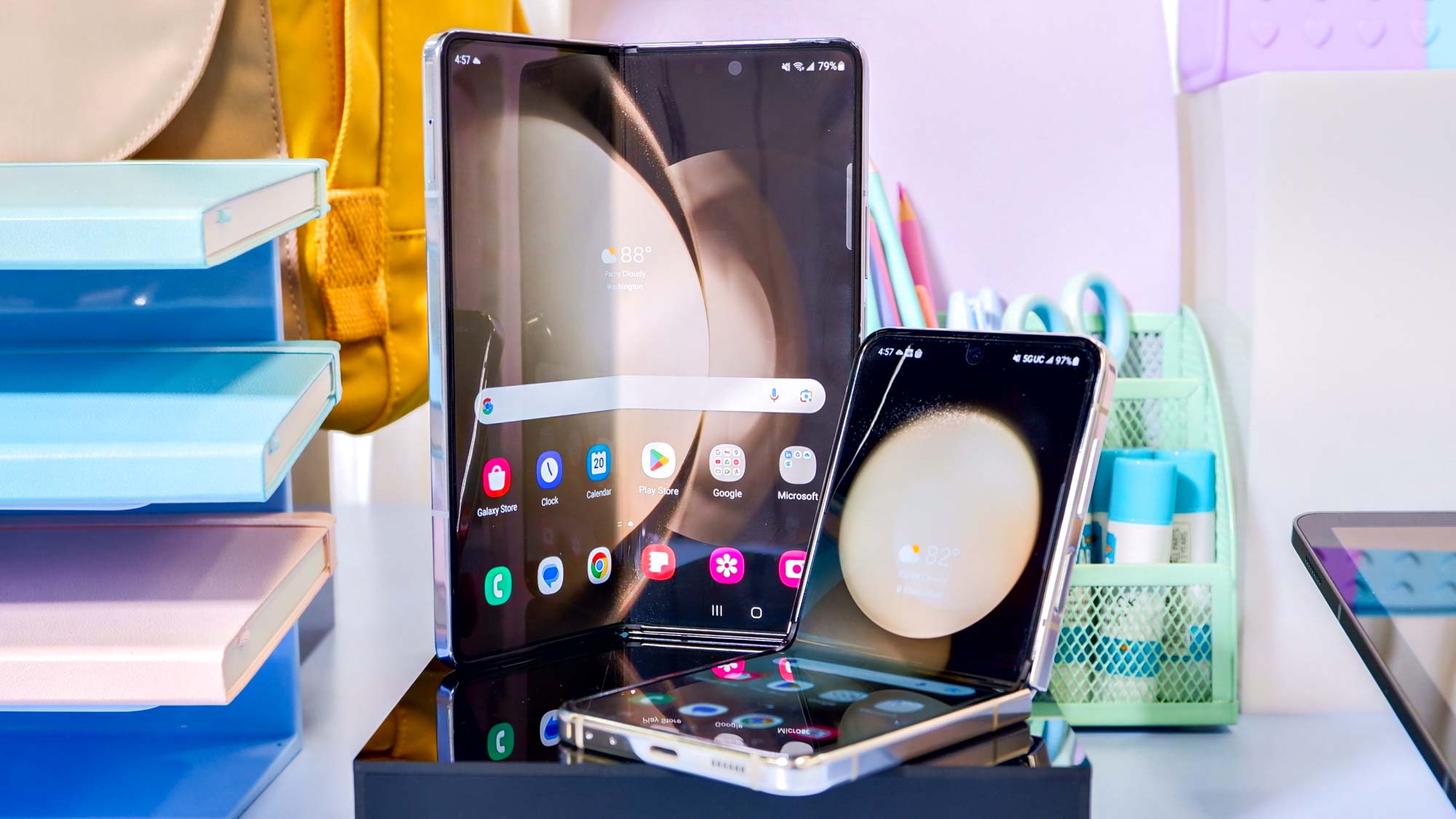Economic headwinds and waning demand saw global smartphone shipments fall 9 per cent year-on-year for the June quarter.
Samsung now commands 21 per cent of the market, up from 18 per cent. Apple shipped the second most with 17 per cent, up from 14 per cent the year prior.
Both Samsung and Apple took market share from the three Chinese brands that make up the remaining of the top five.
Xiaomi dropped from 17 per cent to 14 per cent, OPPO fell from 11 per cent to 10 per cent, while vivo also dropped from 10 per cent to 9.

“Vendors were forced to review their tactics in Q2 as the outlook for the smartphone market became more cautious,” said Canalys Research Analyst Runar Bjørhovde.
“Economic headwinds, sluggish demand and inventory pileup have resulted in vendors rapidly reassessing their portfolio strategies for the rest of 2022.
“The oversupplied mid-range is an exposed segment for vendors to focus on adjusting new launches, as budget-constrained consumers shift their device purchases toward the lower end.”

“Falling demand is causing great concern for the entire smartphone supply chain,” said Canalys Analyst Toby Zhu.
“While component supplies and cost pressures are easing, a few concerns remain within logistics and production, such as some emerging markets’ tightening import laws and customs procedures delaying shipments.
“In the near term, vendors will look to accelerate sell-through using promotions and offers ahead of new launches during the holiday season to alleviate the channel’s liquidity pressure. But in contrast to last year’s pent-up demand, consumers’ disposable income has been affected by soaring inflation this year.
“Deep collaboration with channels to monitor the state of inventory and supply will be vital for vendors to identify short-term opportunities while maintaining healthy channel partnerships in the long run.”












































